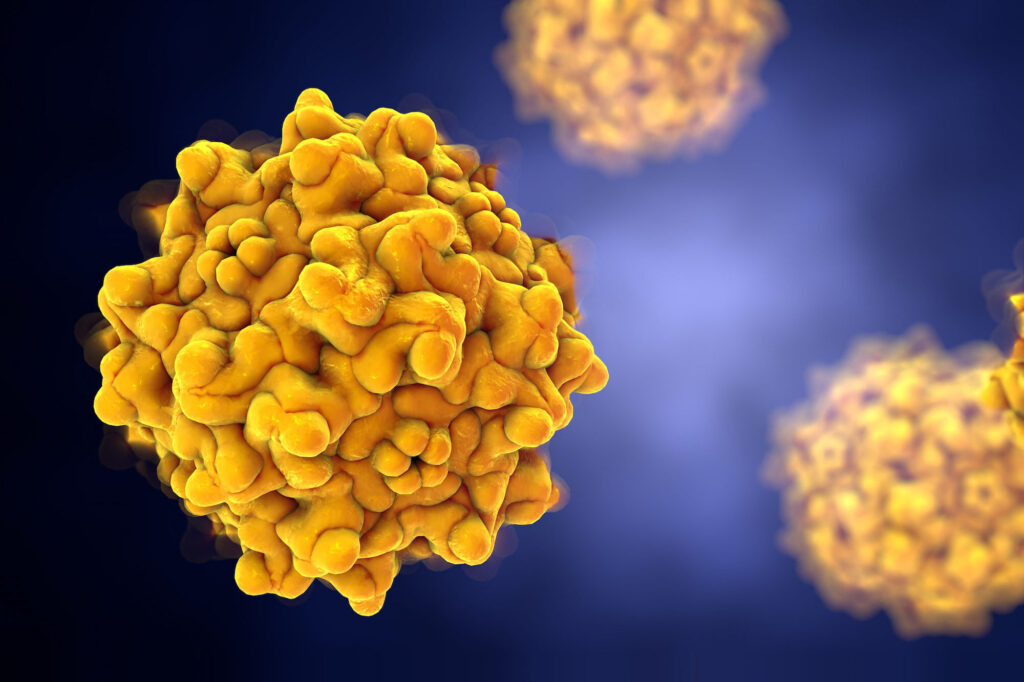U.K. scientists have used mass spectrometry to look in detail at how adeno-associated viruses (AAVs) release their genetic cargo when infecting host cells.
The team, from the University of Leeds, believes two aspects of their research—the mass spectrometry techniques and looking at details of genome delivery—are entirely novel.
“We’re looking at whole particles with the additional capability of charge detection and, as far as we’re aware, nothing has been published on anything other than intact particles—full or empty—in AAVs,” explains Frank Sobott, PhD, professor of biomolecular mass spectrometry.
Sobott hopes the research will eventually aid companies using AAVs for drug delivery, including improving vaccine development and the release of oncolytic genomes into cancer cells.
“If we can highlight more steps in the release of the [viral] cargo into cancer tissue, that’s an important move toward understanding [the whole process] in more detail,” he says.
As he points out, nature produces far fewer AAV capsids lacking active viral contents, suggesting manufacturers are not yet perfectly efficient at assembling AAVs. Empty capsids increase the risk of a patient having an immune reaction to a therapy that may be therapeutically ineffective.
He adds, “We can also [use these techniques] to better understand how the DNA is packaged inside a capsid.”
The team wanted to better understand what factors trigger the release of DNA from a viral capsid. Although the academic literature suggested an acidic pH, a specific enzyme or proteases were also important, according to Sobott, and the structural molecular detail was poorly understood.
To try to understand this better, the team used charge-detection mass spectrometry (CDMS) along with a chemical labeling (hydroxyl footprinting) of the solvent-accessible capsid surface to detect an intermediate step in the release of the viral cargo.
According to Sobott, their hypothesis was that—during this stage—some small peptide extensions on the capsid surface would change position, and this could be detected using the CDMS, and mapped in more detail by the labelling approach.
Having used the CDMS, the team was able to capture—for the first time—a stage in viral release where the capsid had a “hole” punched in its surface, but the remainder of the virus was still intact.
The team now hopes to move on to exploring more structural details of viral release, as well as looking at other viruses and virus-like particles.
“It’s really exciting for the first time to see such evidence. But of course, it’s one snapshot. So, the idea would be, can we get more of them?” says Sobott.
“Do these particles just burst in one big explosion, or does the capsid break up in smaller steps? We know it depends on the exact virus. What’s the trigger, given they’re quite stable when, for example, airborne?” he says.
“Colleagues are now also developing new systems on other harmless virus shells which are not AAV, but which [also] carry a cargo. So, we would like to extend our approach to other viruses, other subtypes, as well.”

